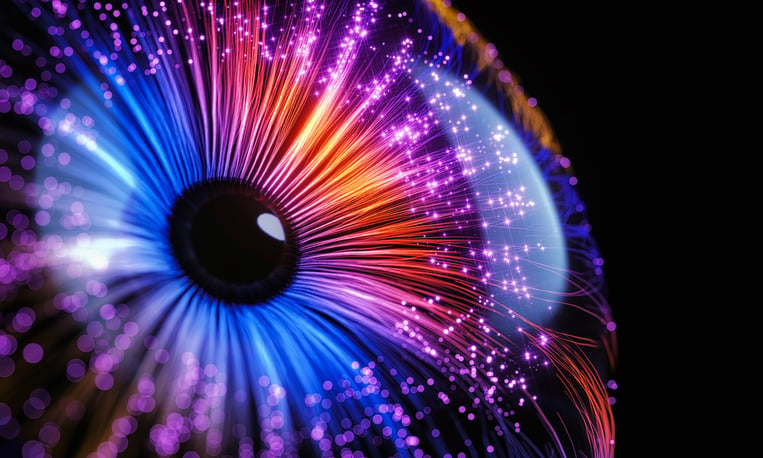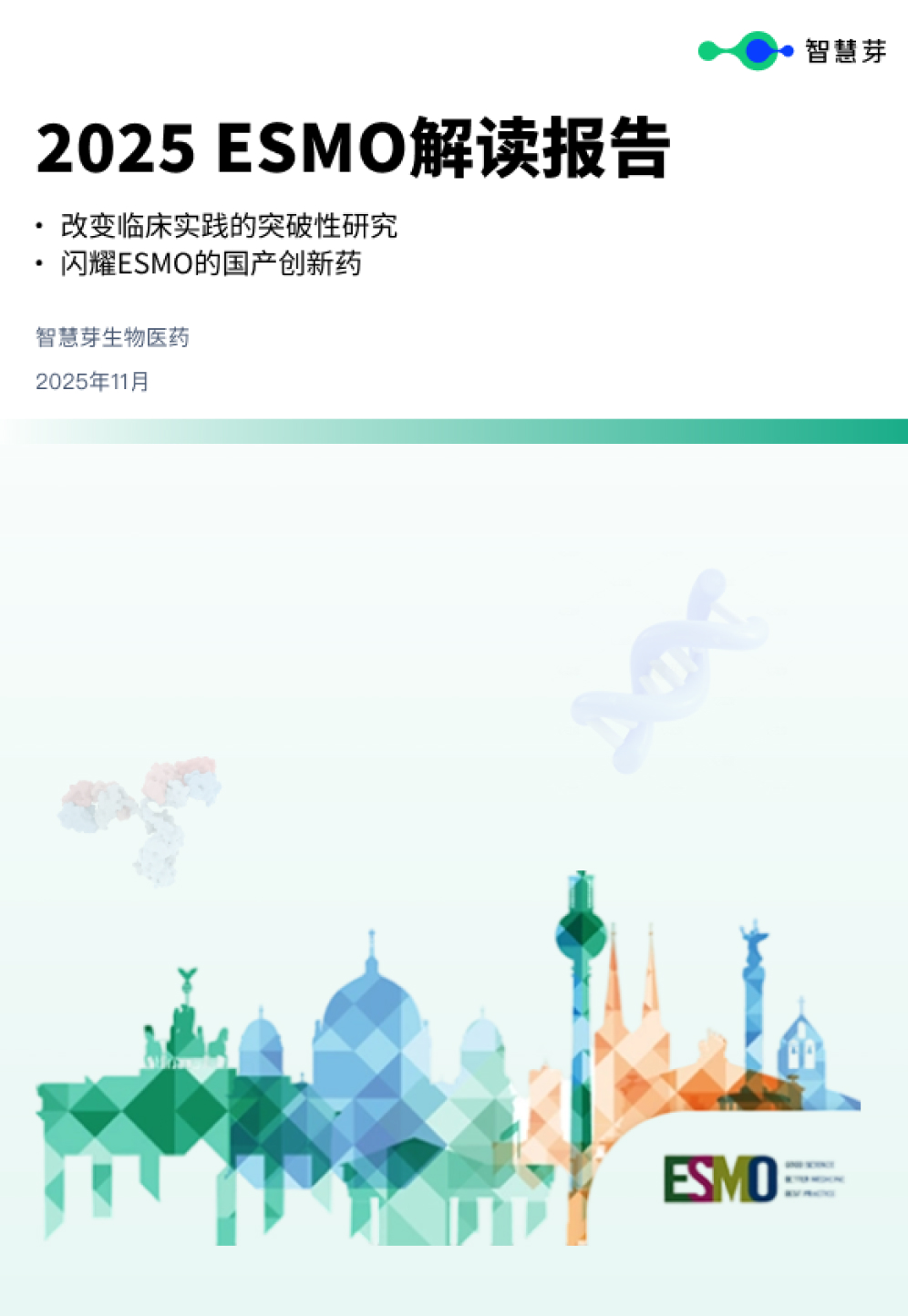预约演示
Pixium Vision's bionic eye implant nets FDA breakthrough label in dry AMDAMD
2023-04-03
突破性疗法

Preview
来源: FierceBiotech
Earlier this year, Pixium Vision demonstrated how the second generation of its Prima implant could increase vision resolution by five times compared to the current version—enough to possibly help a person recognize faces or read smaller fonts.
Pixium Vision, a company looking to help circumvent blindness with the use of a bionic implant, may have just been granted a shortcut at the FDA.
The French developer received a breakthrough designation for its Prima system, which aims to replace failing light receptors in the back of the eye among people with a type of age-related macular degeneration known as dry AMDAMD.
The Prima system aims to partially restore the ability to see at the center of a person’s visual field, the area most affected by the condition, while their peripheral vision continues to work naturally. It includes a wireless retinal implant, about two millimeters square, plus a camera mounted on a pair of glasses connected to a pocket-sized processing unit.
Images from the camera are sent to the implant chip as near-infrared light, which then converts the information into electronic signals for the retina’s nerve cells.
The company announced last December it had finished implanting the devices in 38 patients with dry AMDAMD as part of a pivotal, single-arm clinical trial aimed at securing a European approval in the first half of 2024. Pixium said the study is on track and it expects to deliver early findings at the end of this year; it has also been conducting feasibility studies in the U.S. and France.
“In addition, after receiving market authorization, there are outpatient and inpatient reimbursement pathways that are more readily accessible as a result of receiving Breakthrough Device Designation,” Pixium CEO Lloyd Diamond said in a release.
Earlier this year, Pixium demonstrated how the second generation of its Prima implant could increase vision resolution by five times compared to the current version—enough to possibly help a person recognize faces or read smaller fonts.
Under development through a collaboration with Stanford University, researchers demonstrated that a new design of the implant’s photovoltaic array could allow for smaller pixels and clearer signals from each, potentially achieving 20/100 vision when reading letters without magnification.
Their preclinical study was published last November in Nature Communications (PDF). The company said the next-generation implants are currently being developed for future clinical trials.
更多内容,请访问原始网站
文中所述内容并不反映新药情报库及其所属公司任何意见及观点,如有版权侵扰或错误之处,请及时联系我们,我们会在24小时内配合处理。
靶点
-药物
-生物医药百科问答
全新生物医药AI Agent 覆盖科研全链路,让突破性发现快人一步
立即开始免费试用!
智慧芽新药情报库是智慧芽专为生命科学人士构建的基于AI的创新药情报平台,助您全方位提升您的研发与决策效率。
立即开始数据试用!
智慧芽新药库数据也通过智慧芽数据服务平台,以API或者数据包形式对外开放,助您更加充分利用智慧芽新药情报信息。





